Results 7,821 to 7,830 of 12096
Thread: Anandtech News
-
02-02-18, 09:27 AM #7821
Anandtech: The Crucial MX500 500GB SSD Review: A Second Look
After an initial launch of just the 1TB capacity, the full Crucial MX500 lineup is now on the market, but facing new competitors. We look at how the more affordable 500GB model compares to its larger sibling and against other mainstream SATA SSDs in the half-TB class.
More...
-
02-02-18, 09:27 AM #7822
Anandtech: Azio Ships Retro Classic Bluetooth Keyboard: Expensive Luxury for Windows
Azio has started to sell wireless versions of its old-fashioned typewriter-like Retro Classic mechanical keyboard. The devices look the same as their wired brethren and are available in four variants. The new units cost $30 more than their wired counterparts and, in addition to Bluetooth, they also offer “official” Mac compatibility with appropriate interchangeable keycaps.
The Azio Retro Classic mechanical keyboard we recently reviewed is a mixed bag. The keyboard looks extremely eye-catching and its exotic design after vintage typewriters (or after a steampunk keyboard from the Warehouse 13 if you are younger and have never seen classic mechanical typewriters) educes nostalgia. Based on the Kailh Typelit switches, the keyboard uses real leather or wood as well as a Zinc alloy frame in its construction and is particularly well built. However, a combination of its round keycaps, flat profile and very short key travel distances made it uncomfortable for extensive use. Now, Azio is offering Bluetooth versions of the keyboard that offer the same pros and cons, but add a certain degree of freedom due to lack of any wires.
Just like the wired Azio Retro Classic, the Retro Classic Bluetooth are available in four styles: Onyx, Posh, Artisan and Elwood. The keyboard comes with a 6000-mAh rechargeable battery that can last for up to two months depending on the backlight intensity and usage. The battery can be charged using a special USB-C cable.
The new keyboards officially support both Microsoft Windows as well as Apple macOS and come with interchangeable Mac key caps. Pairing a retro keyboard with an ultramodern Mac looks like a questionable idea, but there are outlets that build custom computers, so building a retro Mac is theoretically possible.Azio Retro Classic Bluetooth General Specifcations Onyx Posh Artisan Elwood Official Design Description Black leather with black chromed frame White leather with copper matte frame Black leather with copper matte frame Walnut wood with gunmetal matte frame Number of Keys 104 Switch Azio/Kailh Typelit N-key Rollover Support 6 Interface Bluetooth or USB 1.1 Removable Keys Yes Compatibility Apple MacOS, Microsoft Windows Battery 6,000 mAh Dimensions 455 × 147 × 40 mm | 17.9" × 1.6" × 5.8" Weight 1587 grams | 3.5 lbs MSRP $219.99

Azio’s Retro Classic BT keyboards are available directly from the company as well as from retailers like Amazon for $219.99, that is $30 extra for Mac compatibility and lack of wires.
Buy Azio Retro Classic Bluetooth on Amazon.com
Related Reading:
- The Azio Retro Classic Mechanical Keyboard Review: Eyecatching, But Stiff
- Nanoxia Ncore Retro: Mechanical, Water Resistant, 'Warehouse 13' Style Keyboard
More...
-
02-02-18, 10:38 AM #7823
Anandtech: Intel Appoints New CTO, Confirms Establishment of Product Assurance & Secu
Intel this week named Michael Mayberry its new Chief Technology Officer effective immediately. The new CTO will be responsible for Intel’s global research and technology development efforts. In addition, the company confirmed establishment of its Product Assurance & Security Group (PASG) and appointed a new human resource officer.
As CTO, Dr. Michael Mayberry will lead Intel’s research efforts in computing and communications. In addition, he will keep his position of the managing director of Intel Labs, an organization that cooperates with and sponsors various researchers around the world. At present, Intel Labs lists quantum computing, neuromorphic computing and semiconductor research among its key areas of interests, so the range of technologies that Dr. Mayberry will oversee at Intel and Intel Labs will be quite broad. It is also noteworthy that Dr. Mayberry has an extensive expertise in chip production technologies and was at the helm of Intel’s Components Research from 2005 to present day. As the head of Components Research, he was responsible for finding viable materials for Intel’s future process technologies. Dr. Mayberry holds a Ph.D. in physical chemistry and a bachelor’s degree in chemistry and mathematics.
Being a very large corporation, Intel has many executives who oversee development of various technologies and programs — there are different people responsible for CPU and GPU architectures, platforms, storage technologies, comms, manufacturing processes and so on. Meanwhile, the position of CTO at Intel is something so broad that it can barely be described more or less precisely. In fact, Dr. Mayberry will be the third CTO in Intel’s history after Pat Gelsinger and Justin Rattner. After the former resigned from the position in mid-2013, it remained vacant for nearly half of a decade. Apparently, Intel now wants to bring the position back, possibly in an effort to prioritize its global research efforts on a general level. In the last 18 months, Intel made a number of important strategic decisions, including withdrawal from mobile SoC business and return to discrete GPU business. Perhaps, it is time for someone to connect the dots at Intel for a longer term run, hence, the appointment of a CTO. Given how sophisticated today’s manufacturing of semiconductors is, Dr. Mayberry’s experience with materials and chemistry will be particularly useful.
In addition to naming the new CTO, Intel confirmed formation of the Product Assurance & Security Group. The PASG will be led by Leslie Culbertson, who has been with Intel since 1979 and most recently she served as senior vice president and director of human resources. The main task of the PASG will be Intel’s “cross-company efforts to continuously improve product security,” but Intel did not elaborate any further. Meanwhile, Matthew M. Smith will be Intel’s new chief human resource officer.
Last but not least Intel promoted Dr. Ann B. Kelleher, the head of the company’s Technology Manufacturing Group, to senior vice president rank. Her responsibilities remain the same: strategic planning of Intel’s worldwide manufacturing operations, supply chain management, quality assurance and so on.
Related Reading:
- Intel Forms Product Assurance and Security Group amid Meltdown and Spectre Fallout
- Intel's Changing Future: Smartphone SoCs Broxton & SoFIA Officially Cancelled
- Intel to Develop Discrete GPUs, Hires Raja Koduri as Chief Architect & Senior VP
More...
-
02-02-18, 02:20 PM #7824
Anandtech: ATP Launches M.2 NVMe SSDs: 3D MLC, SMI, Extreme Temps, Up to 2.5 GB/s
ATP has introduced its new lineup of SSDs aimed at industrial applications and are designed to withstand harsh environmental conditions, such as extreme temperatures and humidity. The new ATP M.2 NVMe drives use 3D MLC memory to maximize their endurance, and are driven by what we believe to be a SM2260 controller. They come in come in M.2-2280 form-factor (as the name suggests), use a PCIe 3.0 x4 interface and demonstrate a rather high read performance of up to 2.5 GB/s. Such performance levels are rare for industrial-grade SSDs, as they typically rely on a SATA interface and offer fairly conservative performance levels to match.
ATP’s M.2 NVMe family of SSDs consist of two sub-families: the N600c for commercial applications and the N600i for industrial applications. The drives are based on Micron’s 3D MLC NAND memory (certified to work in extreme conditions in case of the N600i) as well as a Silicon Motion controller that ATP does not disclose. Based on performance figures (see below) and the fact that we are dealing with SSDs for commercial and industrial workloads, it is highly likely that the drives use SMI’s time-proven SM2260 SoC that supports LDPC as well as RAID data recovery for advanced error correction.
ATP’s M.2 NVMe N600c and N600i SSDs will be available in 128 GB, 256 GB, 512 GB and 1 TB configurations. As for performance, ATP specs the drives for up to 2.5 GB/s sequential read speeds and up to 1.1 GB/s sequential write speeds (when pSLC caching is used). When it comes to random performance, the M.2 NVMe SSDs are rated for up to 100K read/write IOPS (which is a rather conservative figure for SM2260-based drives).
The M.2 NVMe N600i series is designed to withstand up to 16.4 G vibration and 1500G/0.5ms shock, extreme temperatures from –40°C to +85°C, as well as high humidity (5%-95% RH, non-condensing at 25°C). To put extreme temperatures into perspective, the M.2 NVMe N600i can operate in Antarctica (but not in “winter”) or in the Lut Desert in Iran. In the real world, the SSDs will serve inside space-constrained industrial, embedded or commercial PCs, servers, and military-grade equipment. Since such applications are barely write intensive, the drives are rated for up to 1.75 DWPD (but ATP does not disclose over which period). Meanwhile, the M.2 NVMe N600c series is aimed at commercial applications, so they are not designed for extreme environments: their operating temperature range is between 0°C and 70°C, but they can sustain up to 2.1 DWPD.
ATP’s M.2 NVMe N600i and N600c SSDs are expected to be available shortly. Pricing will vary depending on volumes, exact configurations and other factors. MSRPs for commercial drives range from $96 to $523.ATP's M.2 NVMe N600c (Commercial) and N600i (Industrial) SSDs Capacity 128 GB 256 GB 512 GB 1 TB Controller Silicon Motion SM2260 (?) NAND Flash 3D MLC NAND Form-Factor, Interface M.2-2280, PCIe 3.0 x4, NVMe 1.2 Operating Temperature Commercial 0°C to 70°C Industrial -40°C to C to 85°C Vibration Resistance 1.6G (10 - 2000 Hz) Shock Resistance 1500G/0.5 ms half sine wave Operating Humidity 5% - 95% RH non-condensing at 25°C Sequential Read 1060 MB/s 2100 MB/s 2500 MB/s 2540 MB/s Sequential Write 600 MB/s 700 MB/s 1100 MB/s Random Read IOPS ~100K Random Write IOPS ~100K Pseudo-SLC Caching Supported DRAM Buffer Yes, capacity unknown TCG Opal Encryption Yes Power Consumption Idle 1.38 ~ 2.05 W Read 4.26 ~ 6.7 W Write 5.61 ~ 7.29 W Power Management DevSleep, Slumber (?) Endurance Commercial Random Write 76 TBW 153 TBW 307.2 TBW 614.4 TBW Sequential Write 192 TBW 384 TBW 768 TBW 1536 TBW DPWD ? ? ? 2.1 Industrial Random Write ? Sequential Write up to 1280 TBW DPWD up to 1.75 Warranty unknown MTBF >2,000,000 hours MSRP Commercial $96.21 $148.12 $255.86 $523.21 Industrial ?
Related Reading:
- ADATA Launches ISSS314 and IM2P3388 Industrial SSDs: 3D NAND, Extreme Temps
- Toshiba Samples eUFS Devices for Vehicles: Extended Temps & Reliability Features
- SanDisk Launches SD and microSD for Industrial and Automotive: Extreme Temps, Upped Reliability
- Transcend Introduces Extreme Temperature DDR4 SO-DIMMs
More...
-
02-05-18, 09:34 AM #7825
Anandtech: The Kinesis Freestyle Edge Gaming Mechanical Keyboard Review: Split Ends F
The Kinesis Freestyle Edge is the first ergonomic mechanical keyboard that found its way into our labs. Kinesis is a company that specializes on the design of ergonomic input devices, so them releasing a mechanical gaming keyboard definitely was a surprise. As best as we can tell, this appears to be the world’s first ergonomic gaming mechanical keyboard. And, despite the odd nature of the keyboard and the time it takes to get used to it, it's proved well-built and surprisingly comfortable.
More...
-
02-05-18, 09:34 AM #7826
Anandtech: HP Z4 Workstations Get Xeon W and Core X, 18-Core
Today, HP has released information on the update to its Z4 workstation line. The Z4 workstation is now available with both Xeon W and Core-X based processors for the new generation, both based on Intel's latest high-performance Skylake-SP core. Options for Xeon W, which will enable RDIMMs to be used, include the range of eight on-roadmap processors, from the quad core W-2123 ($294) up to the flagship W-2195 offering eighteen cores ($2550) in a 140W envelope. The Z4 lineup is also able to support the Intel Core X (Skylake-X) processors from the consumer high-end desktop line.
Access to the Skylake-X processors will give customers the ability to step into the workstation platform at a slightly lower price point than with the Xeon W based systems. The W series offers a bit more security and lifecycle management with vPro enablement, while the X-series is more affordable and offers higher clock speeds in many SKUs. There are a few other differences in system configurations, such as ECC RDIMM memory and network/storage differences which will also contribute to a difference in cost.
The Core X-based Z4 systems will have a single gigabit ethernet port and a single M.2 slot, while the W-series machines offer dual gigabit ethernet ports (supporting teaming NIC) and dual M.2 slots. Both systems use professional video cards, are able to use up to dual NVIDIA Quadro P6000 GPUs or AMD Radeon Pro WX 9100 GPUs.
HP anticipates their indutrial clients, particularly in the Healthcare, Civil Engineering, and AEC, will use the Xeon W systems for the processor and memory reliability, expandability, manageability, and security reasons. The Core X variants are expected to be aimed at clients from the PC space, such as those in game development, rendering, and VR development.
The Z4 Workstation is available now. Pricing will start at $1499.HP Z4 G4 Workstation Xeon-W Core-X CPU Support Xeon W series Core X series Core Count From Xeon W-2123 (4C/8T)
to Xeon W-2195 (18C/36T)From Core i7-7800X (6C/12T)
to Core i9-7980XE (18C/36T)Memory Up to 256GB ECC RDIMM Up to 128GB Non-ECC UDIMM NVIDIA Graphics Up to Dual NVIDIA Quadro P6000 (3840 CUDA Cores, 24GB GDDR5X) AMD Graphics Up to Dual AMD Radeon WX9100 (4096 SPs, 16GB HBM2) Intel vPro Yes No Network Dual 1 GbE ports w/teaming Single 1 GbE M.2 Slots Dual M.2 Single M.2
Related Reading:- Lenovo Details Its Standalone DayDream VR HMD, The Mirage Solo at CES 2018
- Vive Pro VR Headset with Higher-Res displays, Two Cams, Headphones
- HTC Announces Standalone Vive Focus with 6DoF Tracking, Cancels Daydream VR Headsets
More...
-
02-05-18, 01:11 PM #7827
Anandtech: AMD Releases Radeon Software Adrenalin Edition 18.2.1
Last week, AMD released Radeon Software Adrenalin Edition 18.12.1, a more minor bugfix-oriented driver update. 18.2.1 also brings support for Final Fantasy XII: The Zodiac Age, a remastered version of the original 2006 PS2 title.
Originally a 2017 PS4 remaster, Final Fantasy XII: The Zodiac Age was released for PC last week, including support for 60 fps, 21:9 ultra-wide monitors, and multi-monitor configurations. Square Enix recommends Radeon HD 7870 tier performance for 30 fps at 720p, and Radeon R9 390X tier performance to sustain 60 fps at 1080p.
Moving on to the bugfixes themselves, 18.2.1 resolves the following issues:
- FreeSync rapidly changes between min and max range when enabled causing stutter in fullscreen games on single display system configurations.
- Civilization V under DX9 fails to launch on Hybrid Graphics system configurations.
- When using Samsung CF791 displays, FreeSync blackscreens on certain games.
- Radeon Chill game settings profiles fail to enable on Vulkan games.
- Radeon Overlay fails to open in some Vulkan games.
- Need for Speed Payback exhibits corruption on some terrain.
- Textures in Hyperdimension Neptunia Re;Birth3 V Generation appear corrupted or exhibit flickering colors.
AMD also documents the following known issues:
- FreeSync intermittently engages during Chrome video playback incorrectly, resulting in playback flicker.
- Radeon Overlay hotkey fails to bring up the overlay or causes a Radeon Host Application crash intermittently on a limited number of gaming titles.
- FreeSync may rapidly change between min and max range when enabled causing stutter in fullscreen games on multi display system configurations.
- When Enhanced Sync is enabled on some FreeSync connected displays, flickering occurs with the performance metrics overlay.
- Water textures appear to be missing in World of Final Fantasy.
- A random system hang may be experienced after extended periods of use on system configurations using 12 GPU's for compute workloads.
- The GPU Workload feature may cause a system hang when switching to Compute while CrossFire is enabled. A workaround is to disable CrossFire before switching the toggle to Compute workloads.
The updated drivers for AMD’s desktop, mobile, and integrated GPUs are available through the Radeon Settings tab or online at the AMD driver download page. More information on this update and further issues can be found in the Radeon Software Adrenalin Edition 18.2.1 release notes.
Gallery: AMD Releases Radeon Software Adrenalin Edition 18.2.1

More...
-
02-06-18, 05:09 AM #7828
Anandtech: Honor Launches The Honor 9 Lite
Today Honor officially launches the Honor 9 Lite for western markets. The launch follows that of the Honor 7X and V10 last month which were the company’s first models to sport 18:9 screen aspect ratios. The Honor 9 Lite follows the trend and also introduces itself as a slightly smaller 5.65” diameter variant.
The internals of the Honor 9 Lite shares much with that of the Honor 7X. Both are powered by a 16nm Kirin 659 chipset sporting two clusters of quad-core A53’s running at respectively 2.36 and 1.7GHz. There is a large performance jump between little-core only SoC and ones which employ bigger CPU core microarchitectures so this is still a mid- to low-end device. The phone comes with 3GB of LPDDR3 and the GPU is also a lower-end Mali T830MP2 at 900MHz.New Honor 9 Lite Honor 9 Lite Honor 9 SoC HiSilicon Kirin 659
4x Cortex-A53 @ 2.36GHz
4x Cortex-A53 @ 1.70GHz
ARM Mali-T830MP2
@ 900MHzHiSilicon Kirin 960
4x Cortex-A73 @ 2.362GHz
4x Cortex-A53 @ 1.844GHz
ARM Mali-G71MP8
@ 1033MHzDisplay 5.65-inch 2160x1080 (18:9)
LTPS IPS LCD5.15-inch 1920x1080 (16:9)
LTPS IPS LCDDimensions 151.0 x 71.9 x 7.6 mm
149 grams147.3 x 70.9 x 7.45 mm
155 gRAM 3GB LPDDR3 4/6GB LPDDR4X-1833 NAND 32GB
+ microSD64/128GB
+ microSDBattery 3000 mAh (11.55 Wh)
non-replaceable3200 mAh (12.32 Wh)
non-replaceableFront Camera Main Sensor: 13MP
Secondary Sensor: 2MP8MP F/1.8 Rear Camera Main Sensor: 13MP
Secondary Sensor: 2MP
LED flashRGB Sensor: 12MP,
f/2.2 - 27mm eq.
Monochrome Sensor: 20MP
f/2.2 - 27mm eq.
LED flashModem HiSilicon LTE (Integrated)
2G / 3G / 4G LTESIM Size 2x NanoSIM (dual standby) or 1x NanoSIM + microSD Wireless 802.11a/b/g/n, BT 4.2, GPS/Glonass/BDS 802.11a/b/g/n/ac, BT 4.2 LE, NFC, GPS/Glonass/BDS Connectivity USB 2.0 USB-C3.5mm headsetUSB 2.0 USB-C
3.5mm headsetSensors capacitive fingerprint, accelerometer, gyroscope, compass, ambient light, proximity, Hall effect, barometer Launch OS Android 8.0 with EMUI 8.0 Android 7.0 with EMUI 5.1 Launch Price EUR 229€ / GBP £199EUR 450€ / GBP £380
The screen is the most defining characteristic of the Honor 9 Lite as it quickly adapts the trend of “full view” smartphones, meaning it sports a 18:9 screen that has a very high screen-to-body ratio. The screen itself is of a standard FHD+ (2160x1080) resolution which matches that of the 7X and V10 and comes at a 5.65” diagonal. The phone is advertised to still have the handling of a traditional 5.2” phone as the width comes in at 71.9mm, only one millimetre wider than the Honor 9.
Both the front and the back of the phone employ 2.5D glass, with the back glass covered in a special nano-coating to give it a mirror-like effect.
Unique for the Honor 9 Lite is however the introduction of a quad-camera system. The rear sensors employ the 13MP + 2MP configuration that was revealed on the Honor 7X. The secondary 2MP sensor is meant to capture depth information that the imaging pipeline can use for better bokeh effects. This configuration is now also employed on the front face of the Honor 9 Lite which should open up new options in regards to selfie captures.
In terms of connectivity the lower-priced device has to make some concessions as it lacks 802.11ac capability which is present on its non-Lite counterpart. Beyond the Chinese variants of the phone today’s announced European model offers all the required European LTE frequency bands for optimal operation in that market. Unlike the Honor 7X which has a microUSB port, the 9 Lite comes with a USB-C port.
The Honor 9 Lite becomes available from Amazon and various UK retailers starting today, at the affordable prices of EUR 229€ or GBP £199.
More...
-
02-06-18, 05:09 AM #7829
Anandtech: Honor Launches Red 7X For The US
Part of a minor announcement, Honor has launched a limited edition red version of the Honor 7X. The Honor 7X is an entry level smartphone sporting a 5.93” 18:9 FHD+ display and is powered by the Kirin 659 chipset. We’ve covered the Honor 7X launch and specifications in detail last month in case one needs a refresh on the technical of the phone. The device comes at an affordable price of USD199 and is available now directly from the Honor online shop.
Buy Honor 7X on Amazon.com
Related Reading- Honor Launches Honor 7X & V10
- Honor 9 Makes Its Way West: Launching Today in Europe for £380/€450
More...
- Honor Launches Honor 7X & V10
-
02-06-18, 08:02 AM #7830
Anandtech: SK Hynix Lists GDDR6 Memory as ‘Available Now’, Publishes Final Specs
SK Hynix has updated its product catalogue and now lists its GDDR6 memory chips as “available now”. In addition, the company published final specifications of its GDDR6 product family, confirming 10, 12 and 14 Gbps transfer rates with 1.25 V as well as 1.35 V voltages.
SK Hynix was the first DRAM maker to announce mass production of GDDR6 memory last April. Then, the company added two GDDR6 DRAM devices into its catalogue in May, disclosing their general specifications. The company promised to start GDDR6 shipments by the end of 2017, but did not make any formal announcements on the matter late last year. SK Hynix will likely make certain GDDR6-related comments in the coming weeks, but recently it published its Q1 2018 databook where GDDR6 chips are listed as “available now.”
SK Hynix’s GDDR6 product portfolio includes four memory configurations, all offering 8 Gb capacities with either 10 Gbps, 12 Gbps, or14 Gbps data transfer rates. The chips feature a 256Mx32 organization and operate as two 16-bit interfaces to increase effective utilization of the bus (a speculation at this point) — a standard feature of the GDDR6 spec. It is noteworthy than in addition to GDDR6 chips with 1.35 V Vdd/Vddq, SK Hynix also lists chips that offer a below-specification 1.25 V operating voltage, presumably as a low-power option – and one that should offer lower power than even GDDR5. Based on the part numbers, the 1.35 V and 1.25 V parts are the same chips, but there may be differences when it comes to end-products. 1.25 V GDDR6 chips will be particularly useful for various low-power, Mini-ITX and mobile graphics and other memory bandwidth-hungry applications. Meanwhile, like other GDDR6 chips, SK Hynix’s ICs come in 180-ball FCBGA packages.
Meanwhile it's worth nothing that back in January, Samsung said that it had started mass production of 16 Gb GDDR6 devices featuring a 18 Gbps I/O speed. So it's interesting to note that just looking at each vendor's published specifications, SK Hynix’s would appear to be trailing in both density and transfer rates. With that said, however, Samsung has been known to announce memory well in advance – and indeed they were calling their 16Gb chip "early production" – so it's not clear whether Samsung's high density chips are actually available to manufacturers. So SK Hynix may not be as far back from Samsung as it first appears, if they're behind at all.Specifications of SK Hynix's 8 Gb GDDR6 Memory Chips Part Number Packaging Data Rate Bandwidth
per ChipVoltage Organization H56C8H24MJR-S2C GDDR6
180-ball14 Gbps 56 GB/s 1.35 V 256Mx32 12 Gbps 48 GB/s 1.25 V H56C8H24MJR-S0C 12 Gbps 48 GB/s 1.35 V 10 Gbps 40 GB/s 1.25 V
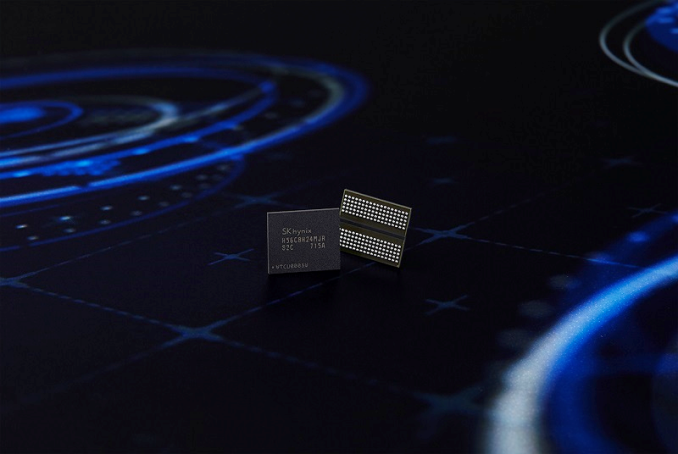
With at least two major makers of DRAM ready to ship their GDDR6 chips, it is logical to assume that graphics cards based on the new type of memory are just around the corner.
It is worth noting that SK Hynix’s Q1 2018 product catalogue no longer lists 10-Gbps GDDR5 memory chips that were added there back in May. In fact, even 9-Gbps GDDR5 ICs do not have a part number, which may indicate that high-performance GDDR5 products are not a priority for SK Hynix just now.
Related Reading:
- Samsung Starts Mass Production of 16Gb GDDR6 Memory ICs with 18 Gbps I/O Speed
- Micron Finishes GDDR6 Internal Qualification, Eyes H1'2018 Mass Production
- Samsung Starts Production of 8 Gb DDR4-3600 ICs Using 2nd Gen 10nm-Class Tech
- Samsung Pre-Announces 16 Gbps GDDR6 Chips for Next-Gen Graphics Cards
- Micron Discusses GDDR: 16 Gbps GDDR5X, 16 nm GDDR6 and GDDR5
- SK Hynix Advances Graphics DRAM: GDDR6 Added to Catalogue, GDDR5 Gets Faster
More...
Thread Information
Users Browsing this Thread
There are currently 8 users browsing this thread. (0 members and 8 guests)





 Quote
Quote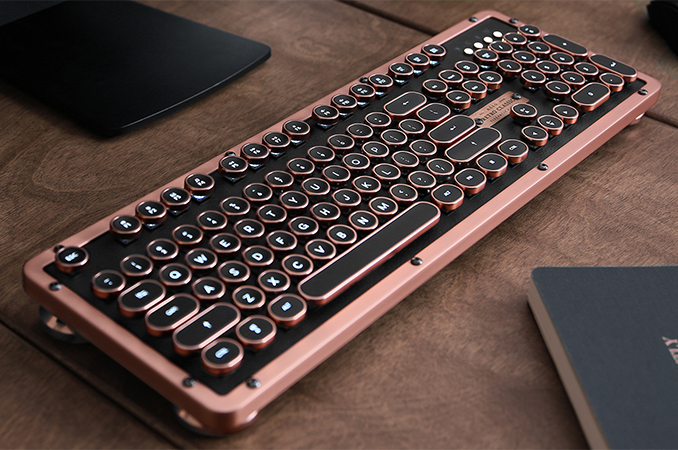
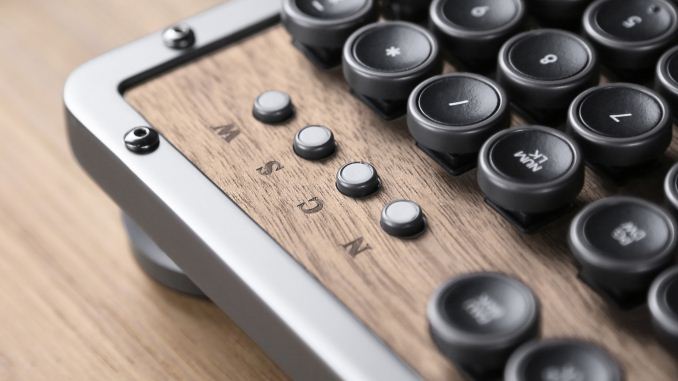

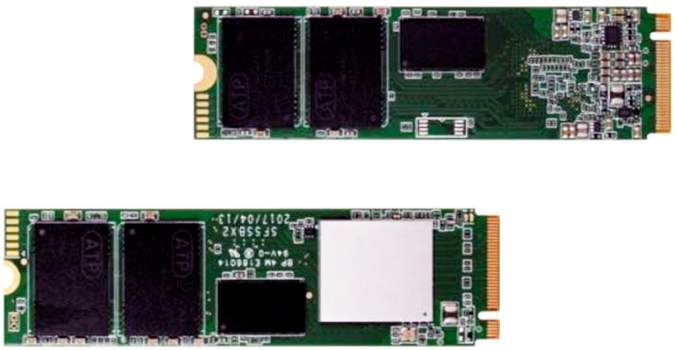
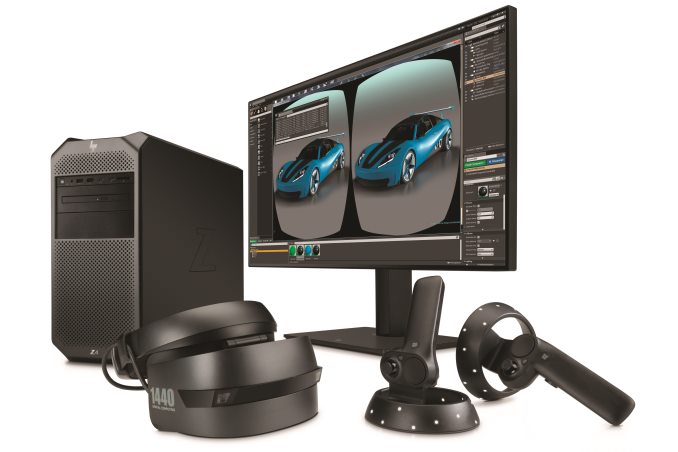
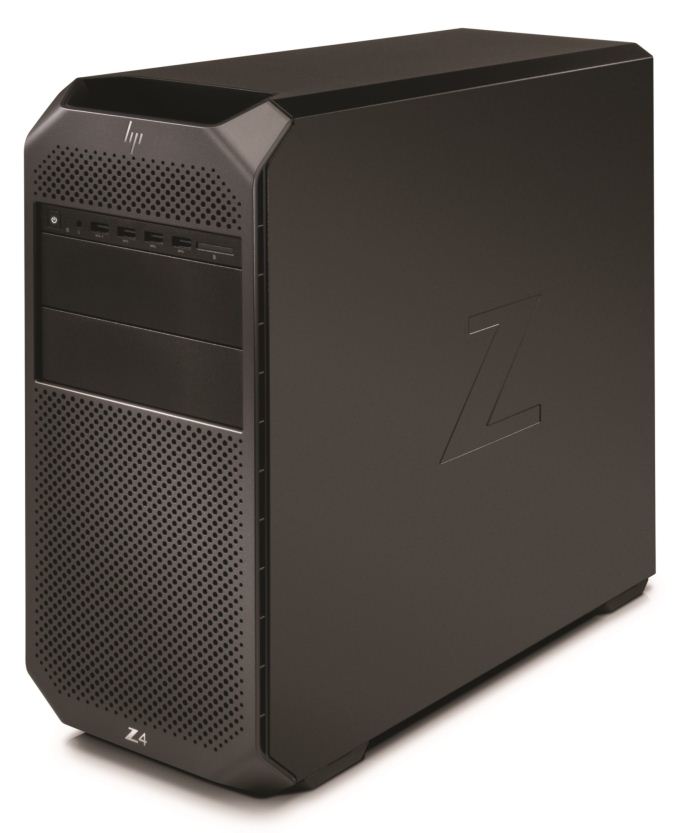
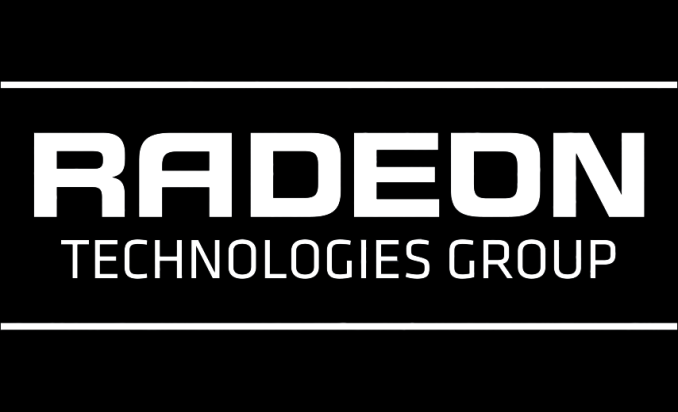

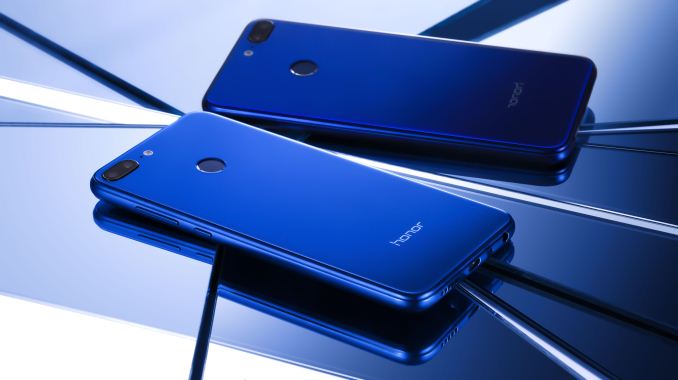
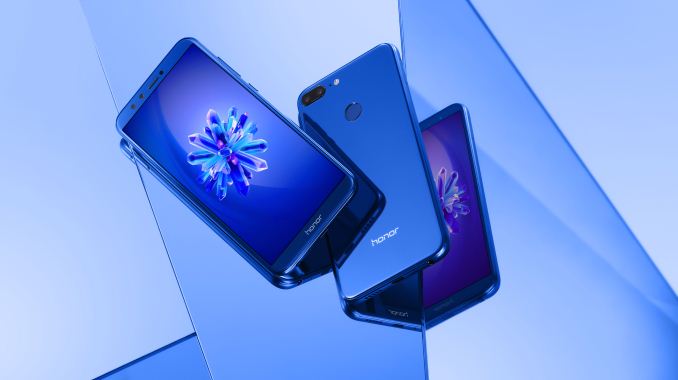



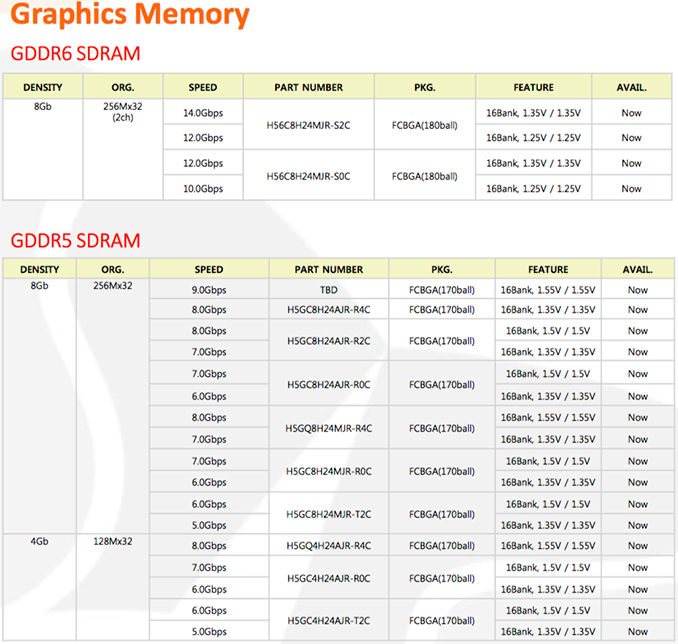
















Bookmarks